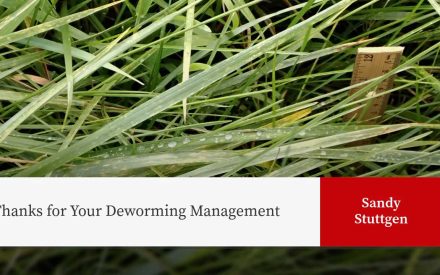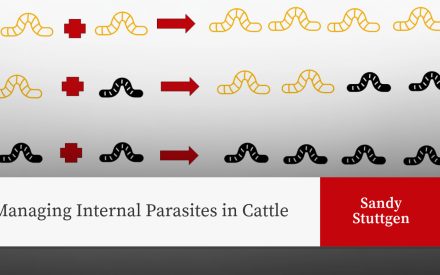By Donald C. Sockett, DVM, MS, PHD, DACVIM (large animal); Wisconsin Veterinary Diagnostic Laboratory, UW-Madison
It is important for livestock barns, calf pens, and calf feeding equipment to be properly cleaned before the disinfectant is applied. If surfaces are not properly cleaned, the disinfection step is much less effective at killing disease-causing microorganisms.
Many disinfectants available are effective against microorganisms under laboratory conditions. Unfortunately, many fail to mention whether the disinfectant can penetrate biofilms, is inactivated by organic material, or is adversely affected by low temperatures, hard water, or by pH. As well, minimum contact time information is often not available.
Chlorine dioxide has emerged as an excellent choice because it can be used at low concentrations, it has very short contact times for pathogen inactivation, resistance does not develop, and it is the least corrosive of all the oxidizing disinfectants. Corrosion of metal surfaces, including some types of stainless steel, is a significant problem with oxidizing disinfectants. Chlorine dioxide activity is not affected by pH or organic material, it can penetrate biofilms, and it is EPA-approved to treat potable drinking water.
Typically, chlorine dioxide is used at a concentration of 25-50 parts per million (ppm) with 2 to 4 minutes of contact time for sanitizing calf feeding equipment, and at a concentration of 250-500 ppm with 5 to 10 minutes of contact time for disinfecting facilities and calf pens.
Before using any chlorine dioxide product, it is essential to verify the concentration of chlorine dioxide because there is tremendous variability in the chlorine dioxide concentration of commercial products in the marketplace.
The chlorine dioxide product you choose should meet or exceed the following specifications:
- The product is NSF/ANSI Standard 60 certified for chemical treatment of potable drinking water and for equipment sanitation. Certification means an independent organization has reviewed the product and it complies with governmental standards for safety, quality, purity, sustainability, and performance.
- Food grade chemicals are used. Non-food-grade chemicals often contain impurities which reduce the efficiency of chlorine dioxide sanitation and disinfection.
- The product is activated with a strong acid, not a weak acid. Strong acids are 60% more efficient than weak acids in converting sodium chlorite to chlorine dioxide. Unlike weak acids, strong acids produce no toxic residues and do not have large amounts of unreacted sodium chlorite. Large amounts of unreacted sodium chlorite reduce the predictability and performance of chlorine dioxide.
- The vendor has expertise in cleaning, sanitation, disinfection, and chemical treatment of potable drinking water.
- The vendor has knowledge and expertise of the subtle intricacies of chlorine dioxide generation and how changing variables such as temperature and time can have a marked effect on chlorine dioxide concentration.
- The vendor provides the capability to quickly and reliably verify the chlorine dioxide concentrations are correct for different applications, such as chemical treatment of potable drinking water, sanitation, disinfection, and thermal fogging.
Last updated February, 2021

 Understanding Liver Flukes in Wisconsin cattle: Lifecycle, Risks, and Control Strategies
Understanding Liver Flukes in Wisconsin cattle: Lifecycle, Risks, and Control Strategies Thanks for Your Deworming Management
Thanks for Your Deworming Management Managing Internal Parasites in Cattle
Managing Internal Parasites in Cattle ▶️ Watch: BLV is not PFAS it doesn’t have to last forever
▶️ Watch: BLV is not PFAS it doesn’t have to last forever


